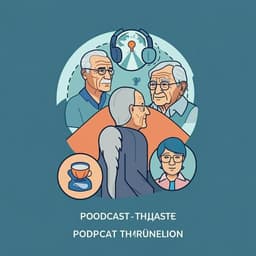
The Arts
Quantitative similarities between the banjo and a diverse collection of West African lutes
E. L. Fulwood
This fascinating study by Ethan L. Fulwood explores the structural similarities between the gourd banjo and West African lutes, revealing intriguing connections influenced by cultural contexts. Discover how the unique social dynamics of lute playing in Bakic cultures shaped the banjo's evolution among enslaved populations in the Caribbean, alongside influences from Niger Basin lutes.
Playback language: English
Related Publications
Explore these studies to deepen your understanding of the subject.







